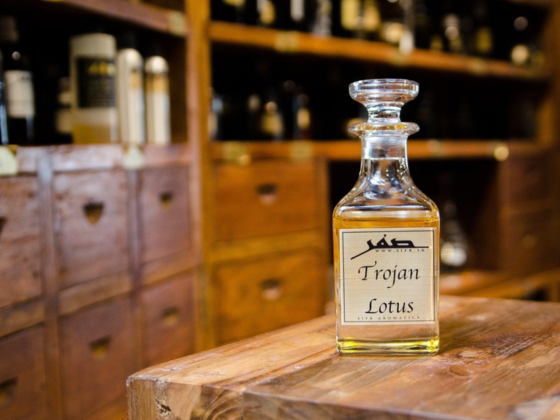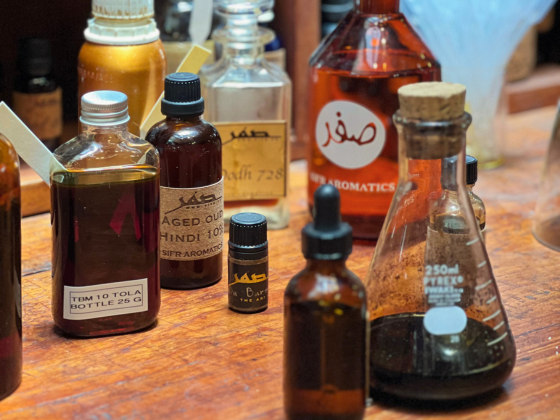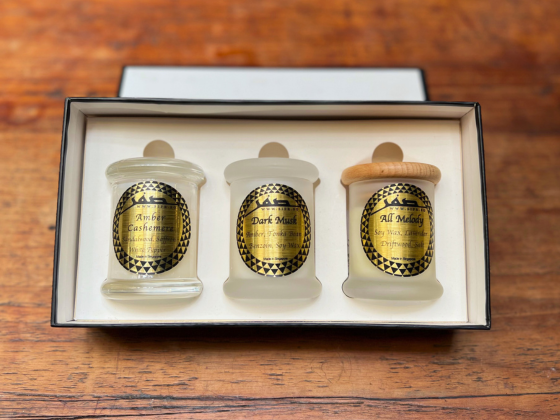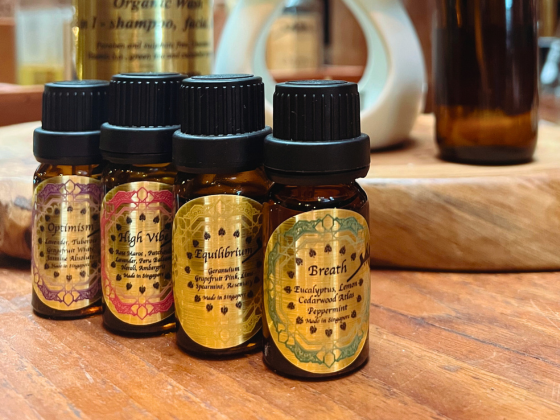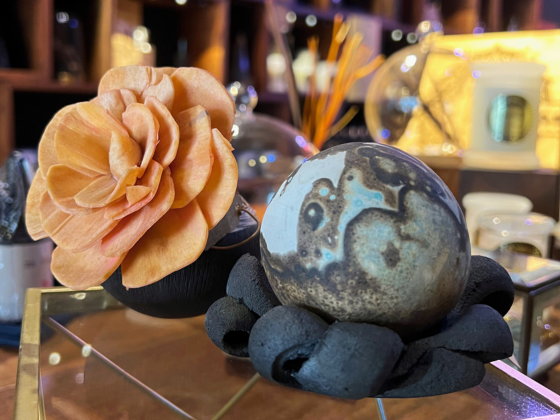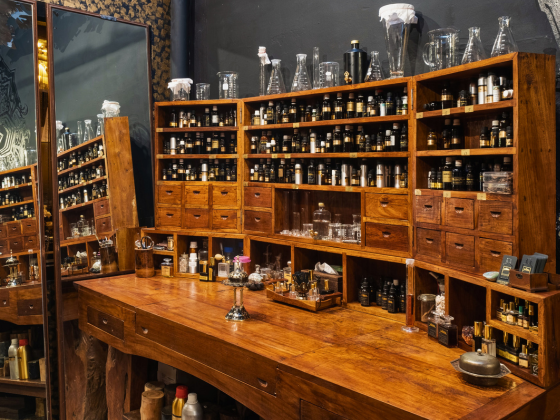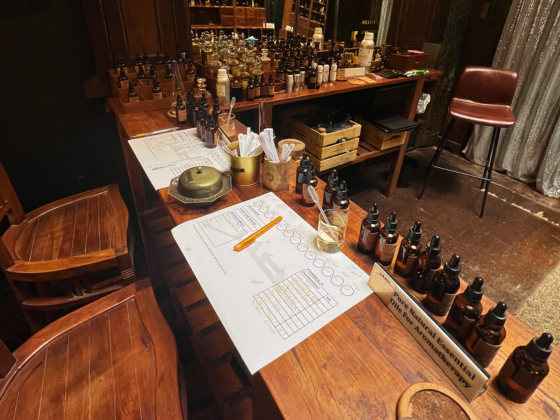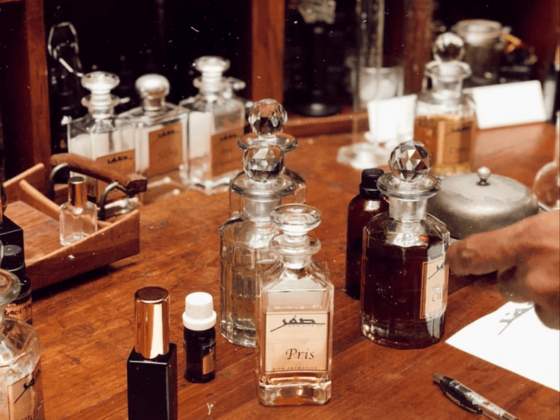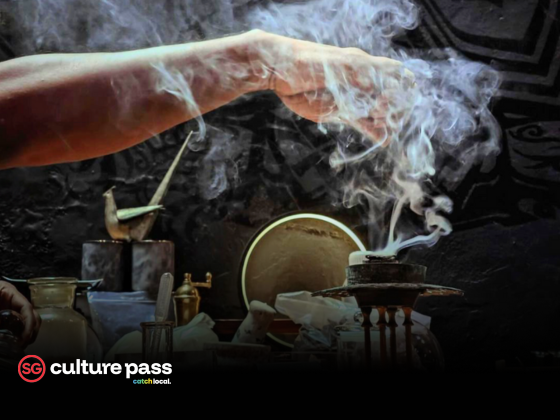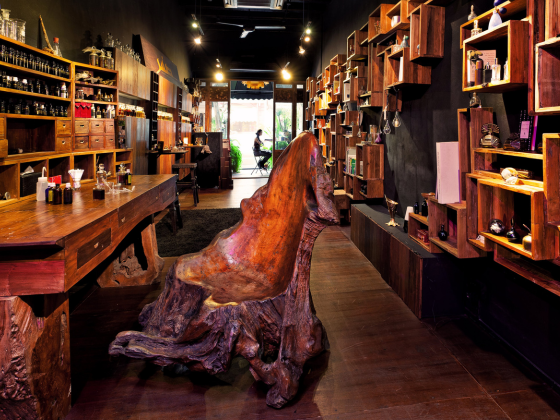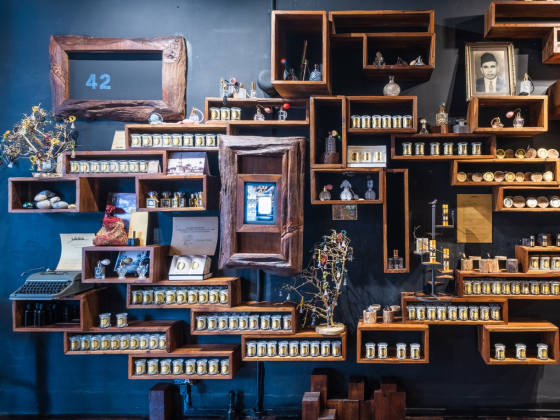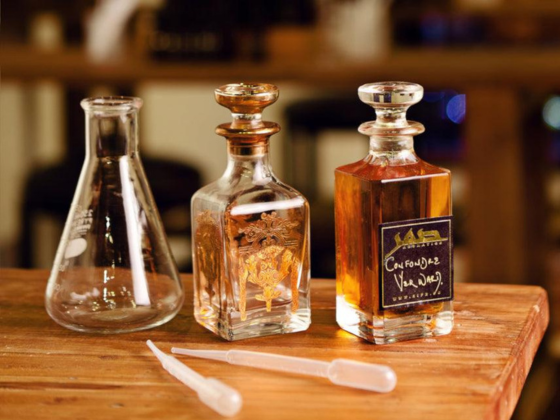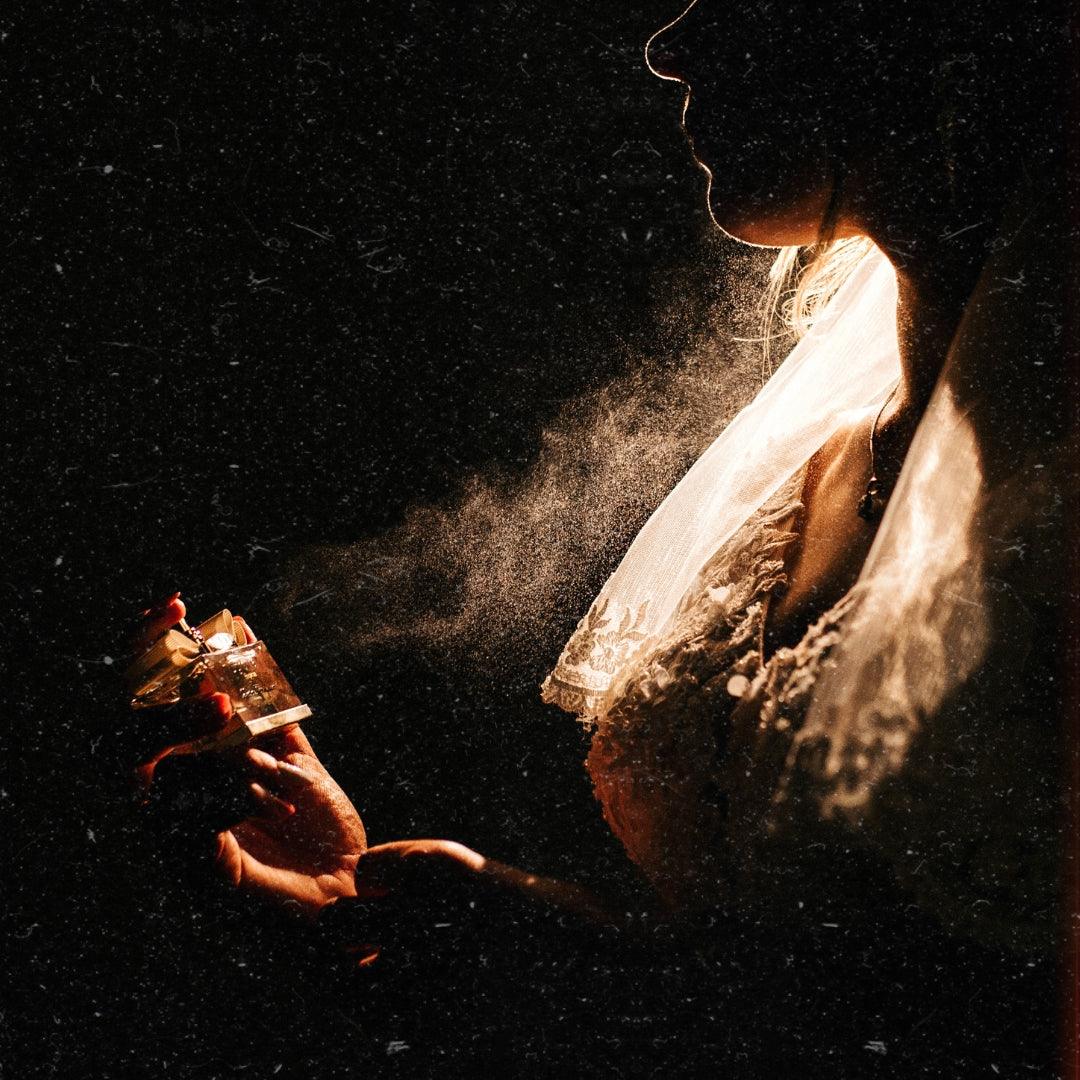This warm, woody, smoky, leathery note has been a staple in Middle Eastern and Southeast Asian cultures for centuries. It has gained popularity in the West thanks to niche luxury perfume houses
Oud or Oudh, is the fragrant resin collected from a fungus infected agar tree. You’ll find them naturally in the dense forests of Southeast Asia, India and Bangladesh. With many names, Oud is also known as “Wood of the Gods” and even liquid gold
It is one of the most expensive raw fragrance ingredients in the world. Due to its scarcity and taking nearly 300 years to produce the resin in the wild, it can cost at minimum US$20,000 per kilo
It is not only the aromatic resin that is valuable. Every part of the tree is able to be sold and exported into various forms. This includes wood chips, powder, oil for perfumes, incense and medicines
The popularity of Oud has created a significantly high demand that has grown over the last few decades.
However, it has led to intense harvesting pressures and habitat loss. The exploitation of Agarwood has affected both the environment and local communities
- Oud has warm, woody, smoky, leathery note
- Oud comes from resin in fungus infected Agarwood trees native to Southeast Asia, India and Bangladesh
- It is one of the most expensive woods in the world
- It can be made and sold as wood chips, powder, oil for perfumes, incense and medicines
- Demand exceeds supply and has led to intense harvesting pressures and habitat loss
This is the first part of a three-part series exploring Oud. Future installments will delve into the impact of Oud on local communities and the environment, and how we, as conscientious consumers, can make informed purchasing decisions. By gaining a deeper understanding of luxurious and branded products like Oud, we can better appreciate their true value and significance in the mainstream market. This series also highlights the importance of resisting impulse buying driven by trends and the allure of expensive, popular items, encouraging more mindful and meaningful consumption.

